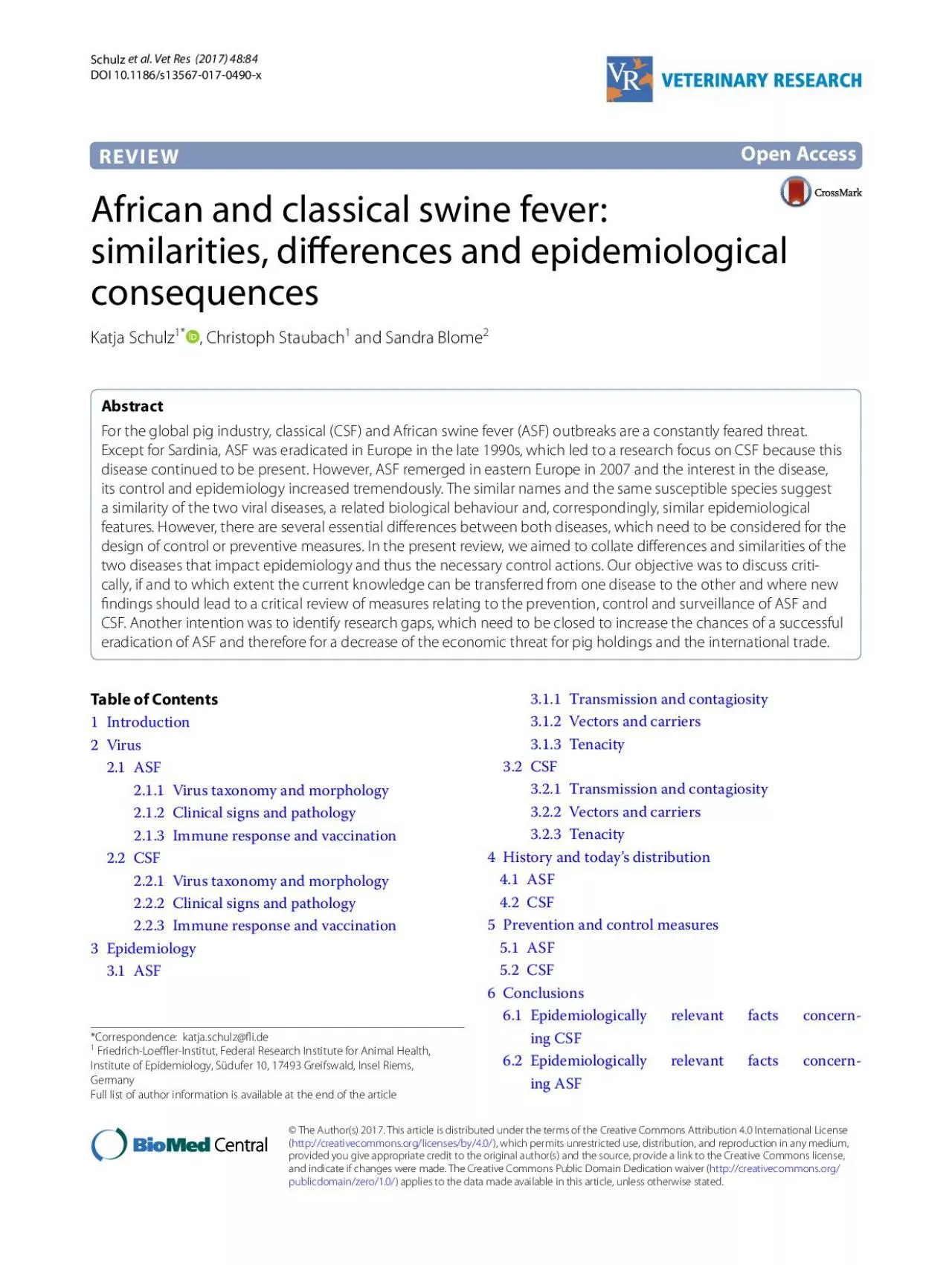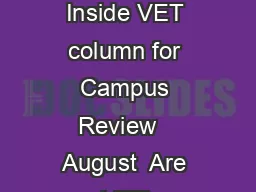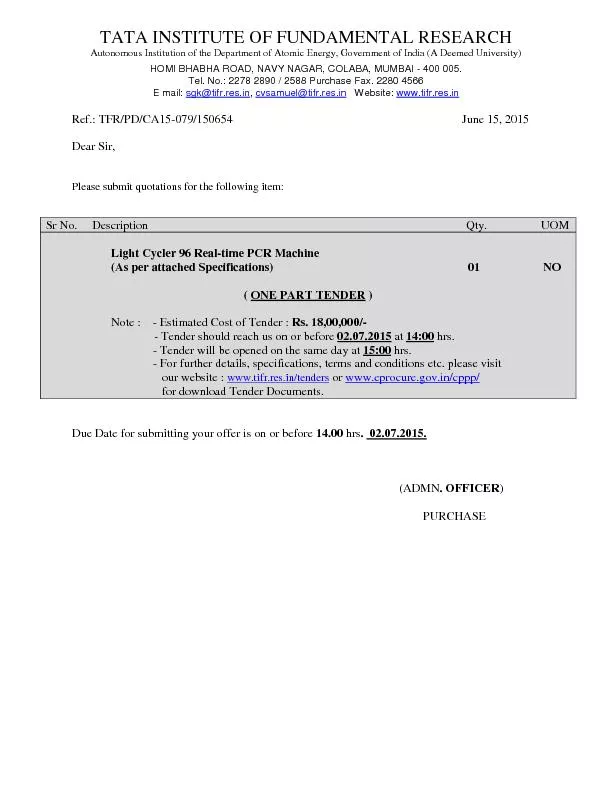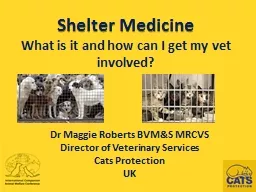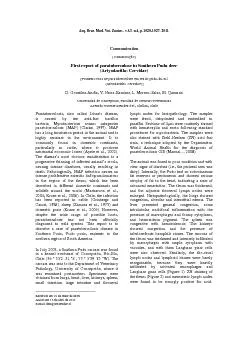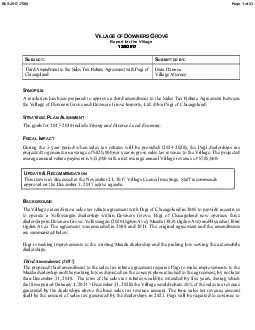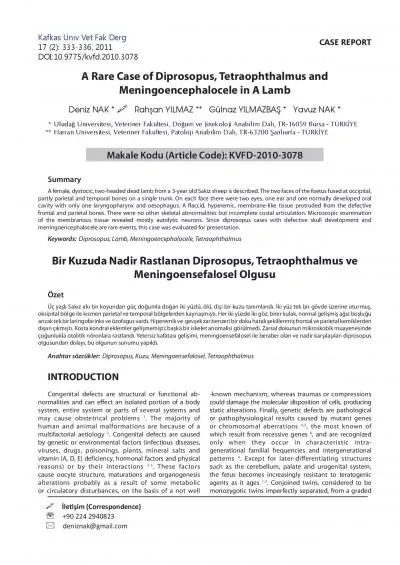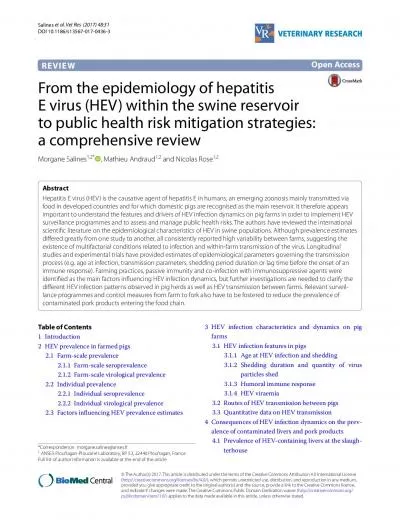PDF-Page 2 of 13Schulz et al Vet Res 2017 4884
Author : ashley | Published Date : 2022-09-08
IntroductionSimilar names suggest similar disease characteristics for African and classical swine fever ASF and CSF In fact ASF was even thought to be caused by
Presentation Embed Code
Download Presentation
Download Presentation The PPT/PDF document "Page 2 of 13Schulz et al Vet Res 2017 4..." is the property of its rightful owner. Permission is granted to download and print the materials on this website for personal, non-commercial use only, and to display it on your personal computer provided you do not modify the materials and that you retain all copyright notices contained in the materials. By downloading content from our website, you accept the terms of this agreement.
Page 2 of 13Schulz et al Vet Res 2017 4884: Transcript
Download Rules Of Document
"Page 2 of 13Schulz et al Vet Res 2017 4884"The content belongs to its owner. You may download and print it for personal use, without modification, and keep all copyright notices. By downloading, you agree to these terms.
Related Documents

